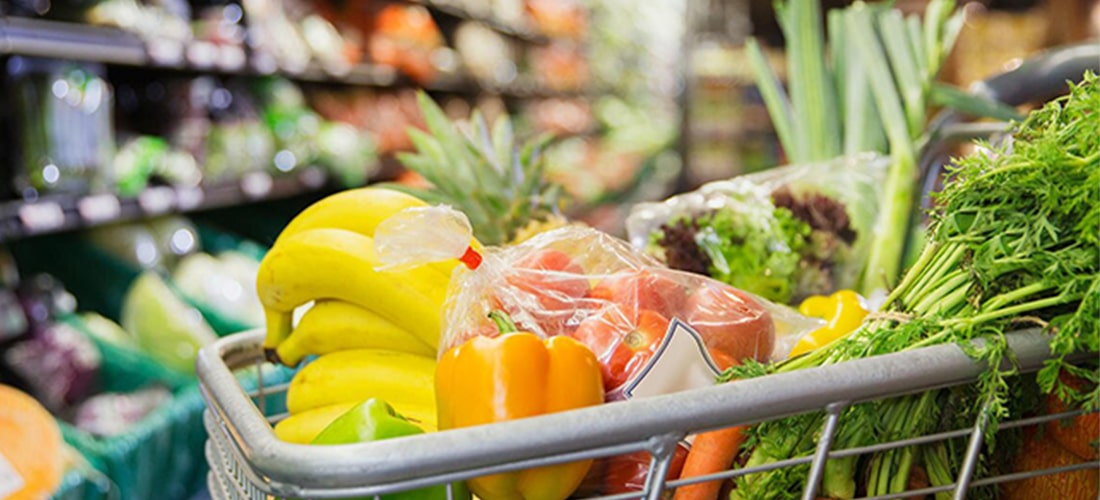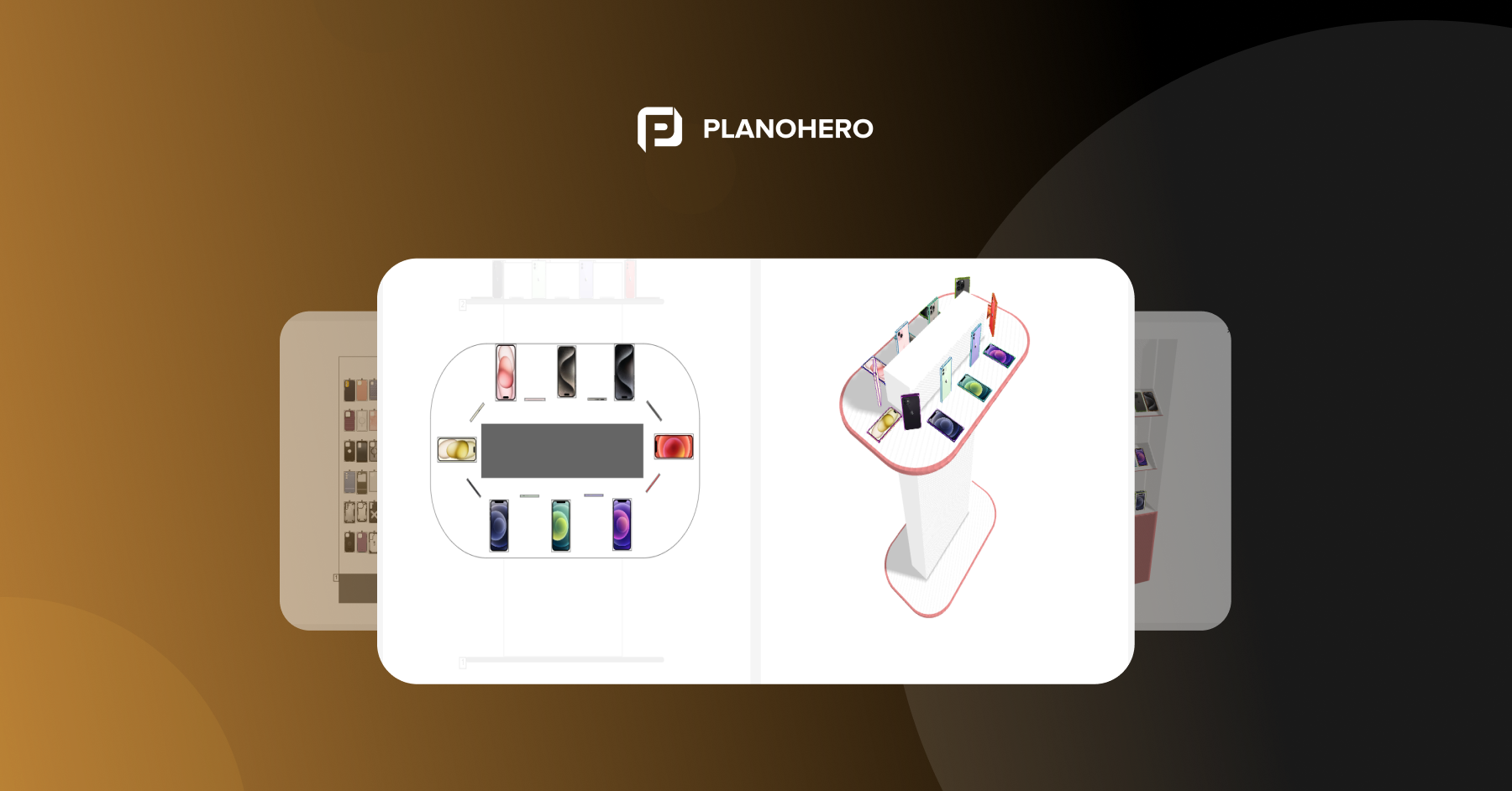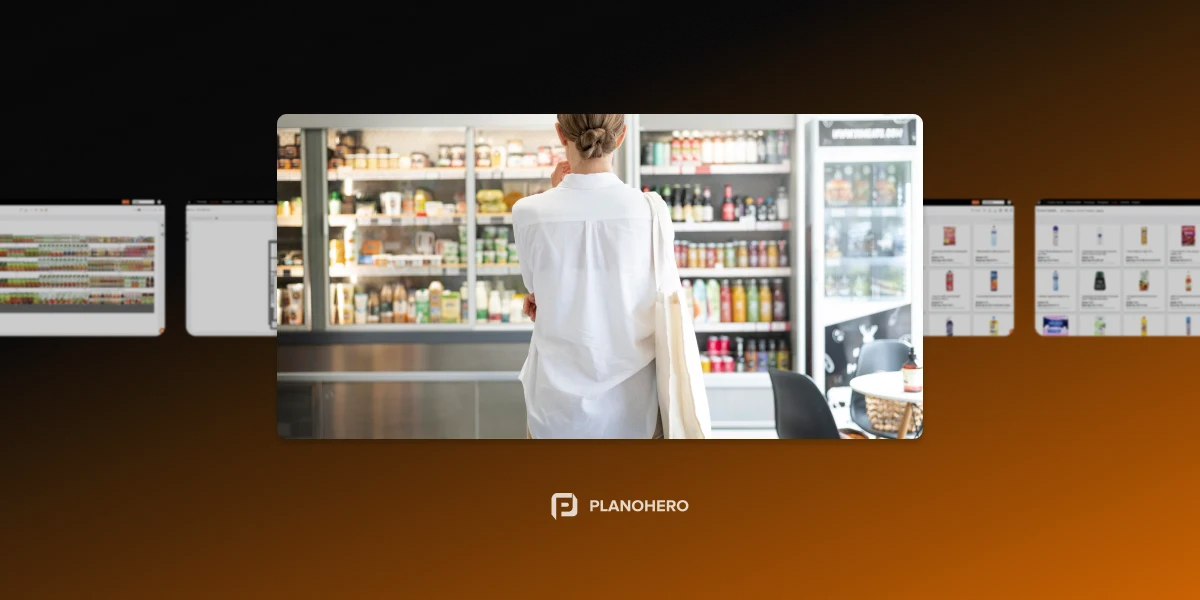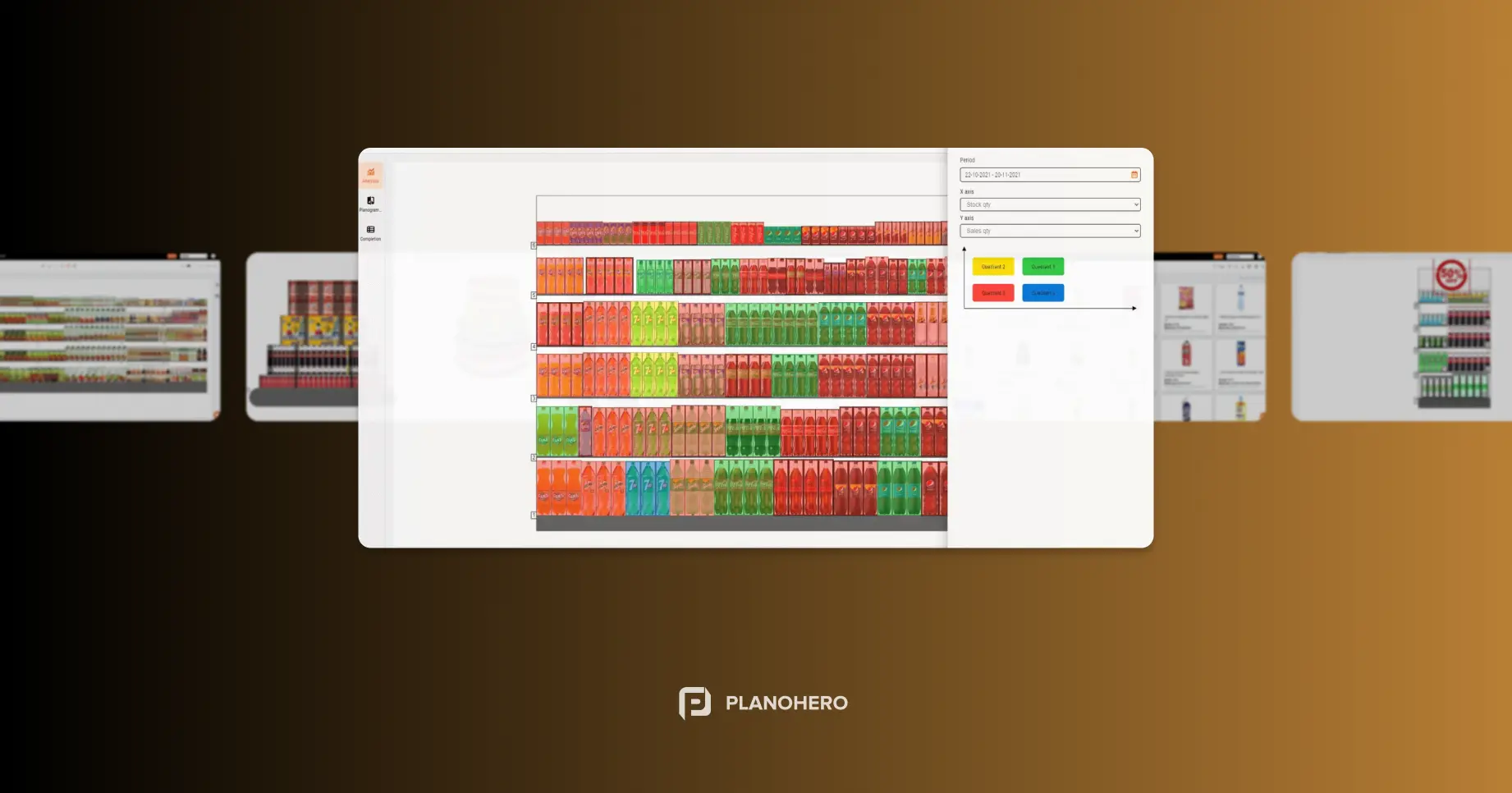Klienci będą wracać wielokrotnie i spędzać więcej czasu w sklepie, w którym zakupy są przyjemnością.
Jednym ze sposobów na osiągnięcie tego celu jest wykorzystanie zasad merchandisingu.
Merchandising to kompleksowa praca nad rozmieszczeniem produktów i ułatwieniem wyboru klientowi.
Jest to metodologia przygotowania produktów i punktów sprzedaży w punkcie detalicznym do sprzedaży lub zestaw działań mających na celu promocję produktu.
Merchandising obejmuje:
- wygodną ekspozycję towarów, grupowanie całego asortymentu według kategorii, marki i cech;
- projektowanie powierzchni sprzedażowej sklepu;
- promocje i rabaty zwiększające lojalność klientów.
Według raportu ServiceChannel dotyczącego sprzedaży detalicznej, 64% klientów opuszcza sklep z powodu nieatrakcyjnej lub niezorganizowanej ekspozycji. Schludne półki wypełnione towarami mogą wydawać się drobnostką, ale wpływają na ogólne wrażenia z zakupów.
Oto kilka zasad merchandisingu, które pomogą uczynić sklep atrakcyjnym dla klientów i zwiększyć sprzedaż.
Zasady merchandisingu
Umieszczaj nowe produkty tylko na wysokości wzroku
Rozmieszczenie produktów odgrywa kluczową rolę w przyciąganiu klientów do zakupów. Badania wykazały, że produkty umieszczone na wysokości oczu są częściej zauważane i kupowane.
Niezwykle ważne jest, aby wzbudzić emocje wokół nowego produktu. Dlatego też, wykorzystując przestrzeń na półce na wysokości oczu, można natychmiast poprawić widoczność tego produktu.
Należy jednak wziąć pod uwagę czas lub jak długo nowy produkt powinien pozostać w sprzedaży w tej pozycji.
Najczęściej zalecany okres to trzy do sześciu miesięcy. Po tym czasie należy przeanalizować sprzedaż produktu, aby określić jego sukces.
Ponadto, umieszczając nowy produkt na wysokości wzroku obok innego produktu o wysokim popycie, można zachęcić klientów do porównania nowego produktu z popularnym i zwiększyć sprzedaż.
Pamiętaj o markach własnych
Umieszczaj produkty marek własnych pomiędzy droższymi i popularnymi markami, ale przed tańszymi.
Innym sposobem jest sprzedaż produktów według marki (pionowo), ale grupowanie podobnych produktów poziomo. Pozwala to na łatwe porównanie produktów i cen.
Cena i umiejscowienie odgrywają ważną rolę w sprzedaży produktu. Zawsze należy brać pod uwagę rodzaj sprzedawanego produktu. Ma to wpływ na umiejscowienie produktu.
Na przykład, cięższe produkty należy sprzedawać na dolnej półce. Produkty na górnych półkach powinny być lekkie, aby klienci mogli je łatwo zdjąć z półki.
Wyznacz miejsce w obszarze sprzedaży na artykuły promocyjne z ewentualnymi oznaczeniami, takimi jak „ostatnia sztuka” lub „wygasa”. Jest to miejsce, w którym można umieścić towary, których nie udało się sprzedać.
W oczekiwaniu na kolejną partię towarów, poprzednia powinna zostać jak najszybciej wyprzedana. Ta metoda pomaga pozbyć się zapasów sezonowych przed nadejściem nowego sezonu.
Zasada złotego trójkąta
Sklep ma kilka kluczowych punktów, które tworzą trójkąt.
Punkty te (wierzchołki trójkąta) to: wejście do sklepu, główna ekspozycja (na przykład dział z pieczywem) oraz miejsce, w którym znajdują się kasy.
W ten sposób pieczywo jest umieszczane w najdalszym rogu obszaru sprzedaży. Celem złotego trójkąta jest poprowadzenie klienta przez cały obszar sprzedaży.
Aby kupić chleb, klient będzie musiał przejść się po sklepie i najprawdopodobniej dokona po drodze innych zakupów.
Przestrzeganie zasady złotego trójkąta pozwala nie tylko zwiększyć ogólną sprzedaż, ale także zarządzać sprzedażą poszczególnych produktów.
Rodzaje merchandisingu
Istnieją trzy główne rodzaje merchandisingu, które pomagają zwiększyć sprzedaż.
Cross merchandising
Jest to sytuacja, w której sprzedajemy inne powiązane produkty wraz z niektórymi towarami. Na przykład kupujesz stek i widzisz obok niego sos.
Tak zwany cross merchandising stymuluje zakup towarów poprzez odpowiednie umieszczenie dodatkowych produktów obok głównego.
Visual merchandising
Jest to atrakcyjna ekspozycja, oświetlenie, zapachy, dźwięki i muzyka tworzące wyjątkową atmosferę w sklepie.
Pomyśl o supermarketach podczas świąt Bożego Narodzenia - to jak specjalna atmosfera w filmie, z migoczącymi światłami i grającymi dzwoneczkami.
Dzięki skutecznemu merchandisingowi wizualnemu klientom trudno jest oprzeć się zakupowi czegoś, czego nie planowali wcześniej.
Merchandising komunikacyjny
Jest to zdolność do nawiązywania interakcji z klientami, a nawet z pracownikami sklepu.
Możesz powiedzieć klientowi, gdzie znajduje się właściwy produkt, udzielić porady, pomóc w wyborze.
Zdolność do pomocy i prowadzenia jest również częścią merchandisingu.
Stosuj te zasady merchandisingu, a Twój sklep stanie się miejscem, do którego klienci będą chcieli wracać.
Szukasz oprogramowania tworzenia planogramów?
Wypróbuj bezpłatną wersję demonstracyjną PlanoHero




